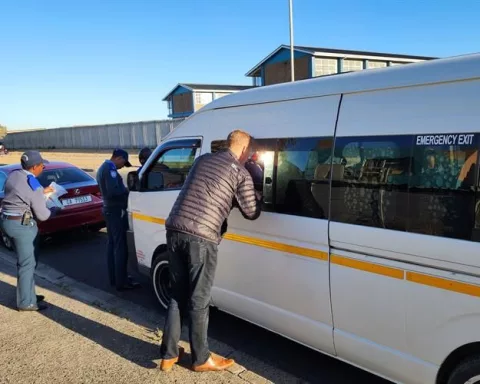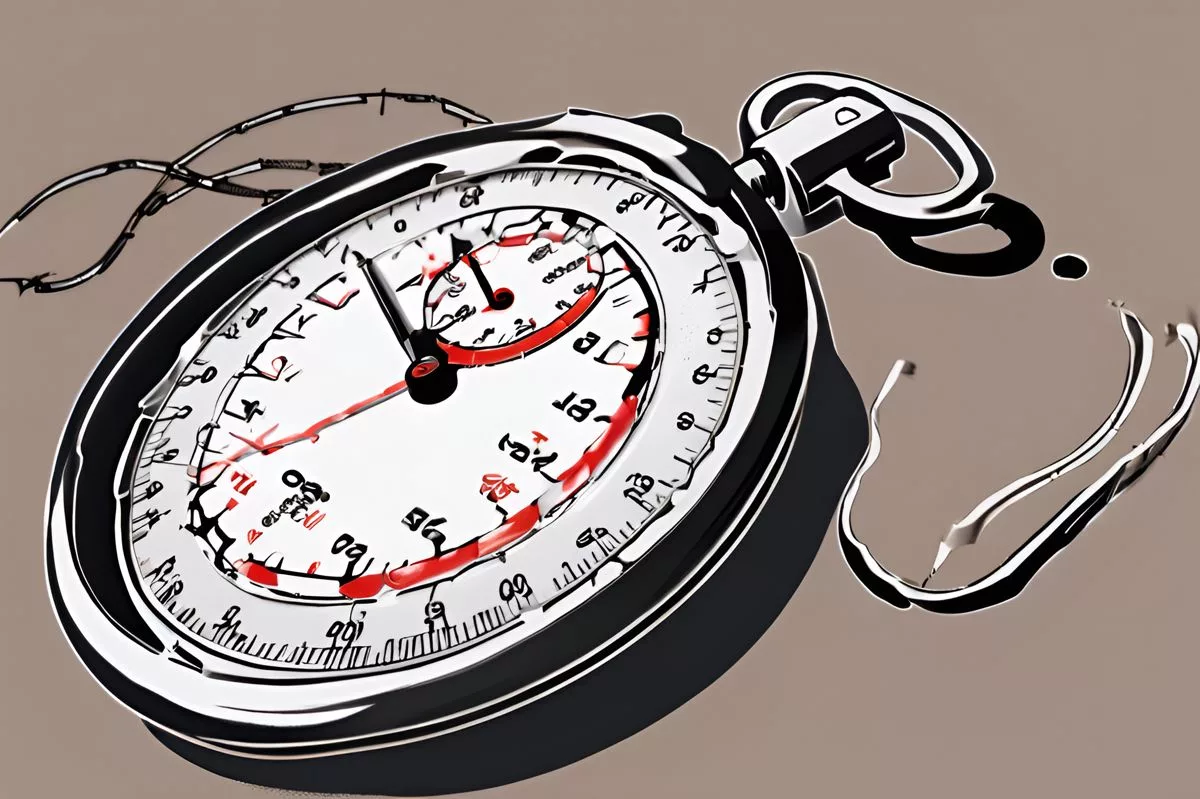A tragic accident in Klapmuts shook the community as 21 workers were involved in a severe bakkie accident. The incident highlighted the dangers of worker transportation, leading to demands for government action. A social media video captured the distressing scene as paramedics worked tirelessly to save the injured workers. The Congress of South African Trade Unions (Cosatu) pledged to work with the Labour Department to prevent such tragedies in the future and tackle unsafe transportation practices.
The Dire Incident
As the tranquil calm of the evening embraced Klapmuts, an unfortunate event transpired, rattling the local community and shedding light on the dangers workers face during commutation. On this predestined day, twenty-one workers were being transported in a bakkie, which sadly met with a severe accident, sending shockwaves through the societal landscape.
The Dire Incident
As the tranquil calm of the evening embraced Klapmuts, an unfortunate event transpired, rattling the local community and shedding light on the dangers workers face during commutation. On this predestined day, twenty-one workers were being transported in a bakkie, which sadly met with a severe accident, sending shockwaves through the societal landscape.
The heart-rendering scene bore witness to chaotic disorder. The bakkie, once a regular sight, lay overturned, its skeletal remnants ensnared by the barbed wire fencing. The canopy, once a protective cover, was now crushed, strewn far from the vehicle as if tossed by an invisible, forceful entity. Lives were scattered haphazardly on the grass, each caught in a distressing battle for survival.
The Social Media Impact
As word got around, social media served as a broadcasting platform, showcasing the distressing scene to the global audience. A video, encapsulating the harsh reality of the accident, made rounds on Facebook. It highlighted the commendable efforts of paramedics who tirelessly provided medical assistance to the injured workers. Some victims were sprawled on the grass, creating a stark contrast against the peaceful greenery, while others sat, grimacing in agony, patiently waiting for help.
Many aspects surrounding the bakkie and the worker’s employment status still remain unclear. Questions arose – were these workers from the construction industry or did they toil in the agricultural sector? Byron La Hoe, the Western Cape Health Department spokesperson, revealed that the accident occurred on the N1, with three of the injured in a critical state. He also shared that patients were taken to multiple hospitals, including Tygerberg, Paarl, Eersterivier, and Karl Bremer.
Investigation and Reactions
As the investigation unfolds, an initial report proposes that a tyre burst led to this catastrophe. However, the comprehensive details of the incident are yet to be disclosed. This episode has agitated civil society, especially the Congress of South African Trade Unions (Cosatu), leading to demands for an immediate resolution to the transportation issues faced by rural sector workers.
Malvern de Bruyn, Cosatu’s provincial secretary, somberly acknowledged the incident, stating that transporting 21 passengers in a bakkie was a disaster bound to happen. He pledged to liaise with the Labour Department to identify the cause of the incident and formulate strategies to prevent such calamities in the future.
Undaunted by the magnitude of the issue, the trade union is ready to confront employers who resort to such unsafe transportation practices. De Bruyn’s voice echoed the collective indignation of the workers, deploring this practice as ‘shameful’ and equating it to treating workers like beasts.
The Aftermath and Hopes for Change
In an ironic twist, the tragedy has fostered hopes for a swift conclusion to the Government of National Unity (GNU) discussions, potentially paving the way for a new minister of labour. Like many others, De Bruyn expects the government to take assertive steps towards resolving the transportation hardships encountered by the workers.
The Klapmuts accident, a stark display of the transportation crisis, should act as a reminder of the value of every worker’s life. Their safety, dignity, and well-being are a communal obligation. As we commemorate those who suffered in this incident, let’s also strive to create a future where such an occurrence becomes a distant memory.
What happened in Klapmuts?
A tragic accident occurred in Klapmuts, where 21 workers were involved in a severe bakkie accident, highlighting the dangers of worker transportation.
Was anyone injured in the accident?
Yes, the accident left several workers injured, with three in critical condition. Patients were taken to multiple hospitals, including Tygerberg, Paarl, Eersterivier, and Karl Bremer.
What caused the accident?
An initial report suggests that a tyre burst led to the accident, but a comprehensive investigation is still underway to reveal the full details.
What is the Congress of South African Trade Unions’ response to the incident?
The Congress of South African Trade Unions (Cosatu) pledged to work with the Labour Department to prevent similar tragedies in the future and tackle unsafe transportation practices. Cosatu’s provincial secretary acknowledged the incident, stating that transporting 21 passengers in a bakkie was a disaster bound to happen and pledged to confront employers who resort to such unsafe transportation practices.
What is the impact of social media on the incident?
Social media served as a broadcasting platform, showcasing the distressing scene to the global audience. A video, encapsulating the harsh reality of the accident, made rounds on Facebook, highlighting the commendable efforts of paramedics who tirelessly provided medical assistance to the injured workers.
What is the aftermath of the incident?
The tragedy has fostered hopes for a swift conclusion to the Government of National Unity discussions, potentially paving the way for a new Minister of Labour. The incident should act as a reminder of the value of every worker’s life and their safety, dignity, and well-being, which are a communal obligation.











